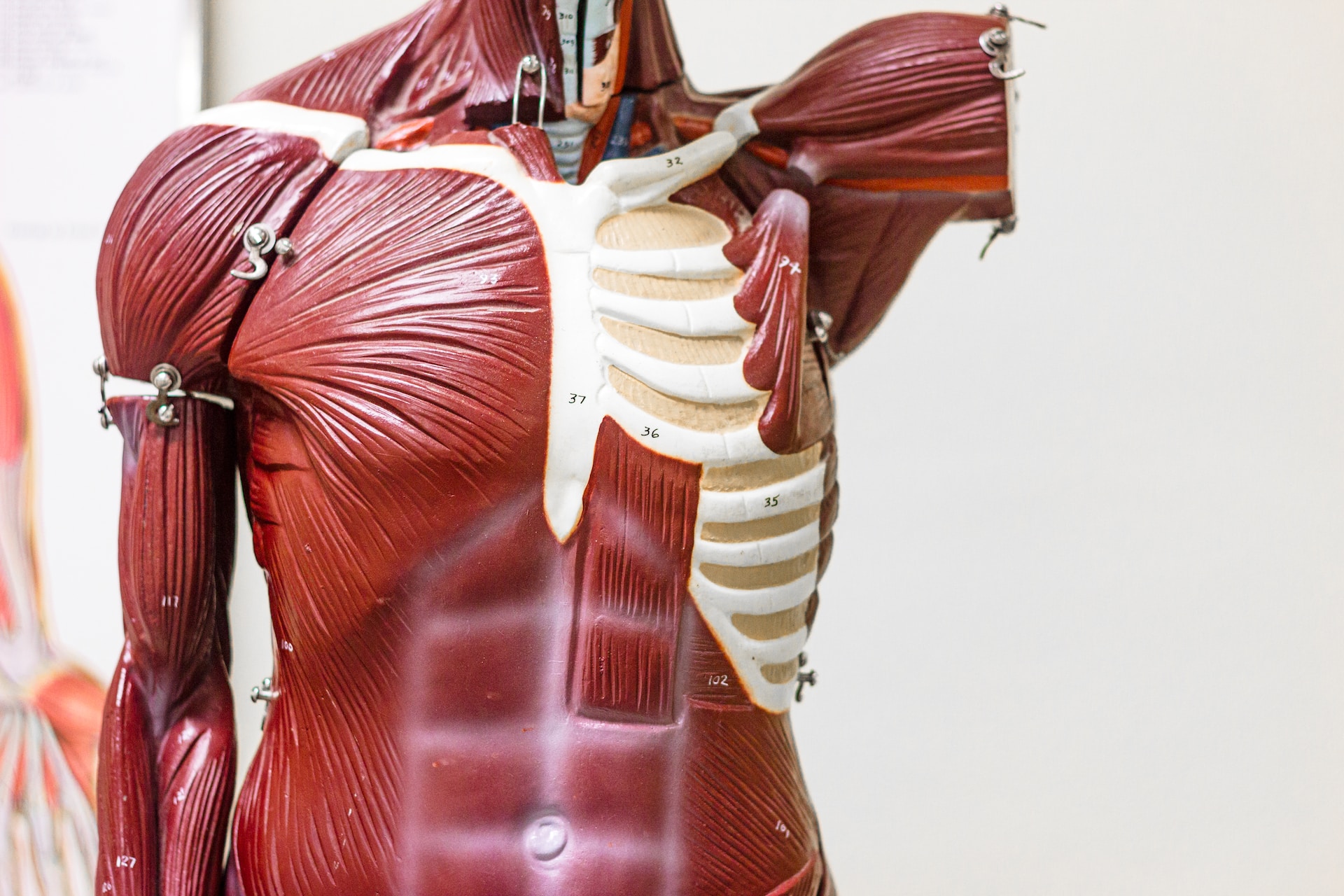We’re coming up in the world, crew! Thanks to all your hard work, I have some extra money to spend on something fun. So, I bought with the CargoMaster Artificial Muscle Suit 3000!
Cool, right? This Exo-suit uses the latest in artificial muscle to allow its user to move extremely heavy objects. Think how much faster you’ll unload the ship!
Whatever. I think it’s cool.
Artificial muscle is a technology creeping out of the mists of science fiction into present day science. Researchers at the Korean Advanced Institute of Science (KAIST) have developed a graphene based set of fibers that expand and contract based on changes in temperature. This mimics how human muscles contract. Similarly, UCLA and SRI International have developed a polymer muscle than can move a “pea sized ball 20 times heavier than itself.”
Both artificial muscles have a variety of potential uses. At the immediate, and certainly less scary end of the spectrum, these muscles could augment frozen or damaged muscles in humans, returning lost movements or range of motion. At the other end, these muscles can help create robots with more natural looking limbs and locomotion. (Should we have robots indistinguishable from humans?)
Shoving this train back into the realm of science fiction, the idea of artificial muscle re-imagines a few staples of the sci-fi world, the most obvious of which is power exoskeleton armor. From Starship Troopers by Robert Heinlein (the book, NOT the movie) to The Paradox Trilogy by Rachel Bach (a favorite of mine), some kind of powered armor is necessary to survive life (and warfare) in space. But what if those bulky, metal coffins weren’t necessary? What if, instead, you could wear a thin layer of artificial muscle covered by another thin layer of armor and (bam!), you are a high-powered, if bulky looking, human.
There are so many other ways we could conceptualize this into a sci-fi story. Humans could permanently implant muscles based on their chosen profession (strength for a cargo-hand vs. speed for a pilot). Society could swing through the desire to have personal assistant robots that look like actual humans until the proliferation of such robots leads to a trend of humans questioning whether they, themselves, are real (Generation ZZ, am I right?).
The ideas go on and on. Can you think of a few? Comment on this and let me know how you would use artificial muscles.
Until next time.
May Imagination Reign!

